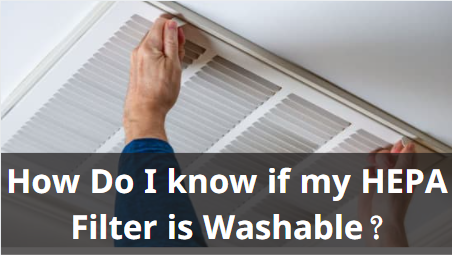Things you should know beforehand about Hepa Filters
HEPA filters promise to remove particles from the air such as dust, allergies, and mold spores, but their efficacy diminishes as they become clogged with detritus. They will begin to discharge pollutants trapped on the filter surface back into the air once they are saturated. However, because HEPA filters are utilized in vacuum cleaners, air purifiers, and HVAC systems, changing them may be costly. Furthermore, locating and buying replacement filters may be time-consuming and wasteful. These are valid worries, and you may be wondering how do I know if my HEPA filter is washable and clean it instead of replacing it often.
HEPA (High-Efficiency Particulate Air) filters are designed to capture very small particles, such as pollen, dust, and pet dander, from the air. Some HEPA filters are washable and can be cleaned and reused, while others are not washable and must be replaced when they become dirty or clogged.
To determine whether or not your HEPA filter is washable, you can try the following:
- Check the owner’s manual: Many HEPA filters come with an owner’s manual that includes information about how to care for and maintain the filter. The manual should indicate whether or not the filter is washable.
- Contact the manufacturer: If you don’t have the owner’s manual or are unable to find the information you need, you can try contacting the manufacturer of the HEPA filter to ask if it is washable.
- Look for a washable label: Some washable HEPA filters may have a label or marking indicating that they are washable.
It’s worth noting that not all HEPA filters are washable, and attempting to wash a non-washable filter can damage it and reduce its effectiveness. If in doubt, it’s always best to follow the manufacturer’s instructions and recommendations for caring for and maintaining your HEPA filter.

What materials are used to make HEPA filters?
HEPA filters, the high-efficiency particulate air filters, are well-known by how effectively they filter particles, rather than by how they are constructed. A filter is expected to remove 99.97 percent of particles 0.3 microns (or micrometers) in size from the air that passes through it to satisfy the HEPA standard, however particles smaller than 0.3 are more likely to escape from the filter.
As EPA states, HEPA filters are made of coarse glass fibers, animal hair (coated), vegetable fibers, synthetic fibers (such as polyester or nylon), synthetic foams, metallic wools, or expanded metals and foils.
These threads are randomly knotted together and compacted into paper-like sheets. The sheets are pleated to enhance the surface area through which the air flows, and they are fixed on a cardboard, plastic, wood, or metal frame.
A pre-filter to screen out bigger particles activated carbon to assist remove smells and gases, or chemical treatment to make particles cling to the fibers may be added to a HEPA filter by the manufacturer.
Where do HEPA filters are used?
HEPA filters were first employed in research and industrial buildings because they were designed to remove contaminated particles from the air in testing labs and approved. HEPA filters may now be found in a wide range of consumer items.
- Purifiers of the air
- Cleaners for vacuums
- HVAC systems
- Cars
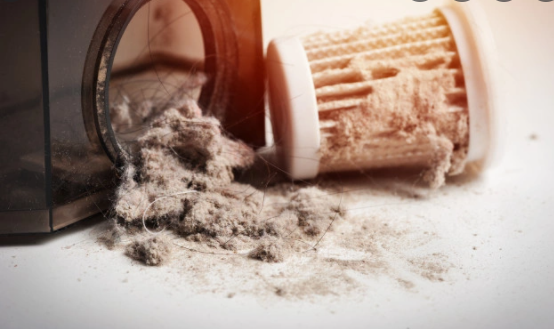
How does a HEPA filter work?
Indoor air quality is a serious problem, particularly for those with compromised immune systems, such as babies and the elderly. Particles in the air such as dust mites (and their excrement), mold spores, and other allergens can cause health problems such as allergies or asthma, therefore people look for ways to remove them by utilizing filter media in a portable air purifier, special vacuum, or HVAC system. A HEPA filter is one type of filter.
In order to enhance air quality, a HEPA filter in your HVAC system, air purifier, or vacuum cleaner is intended to solely filter particles from the air (rather than gaseous contaminants like those found in smoking). However, many hazardous pollutants, such as airborne chemicals or smoke particles, are considerably smaller than what a HEPA filter can capture. There’s also a chance that all of the particulate matter (dust) that accumulates on a HEPA filter might provide ideal conditions for mold development.
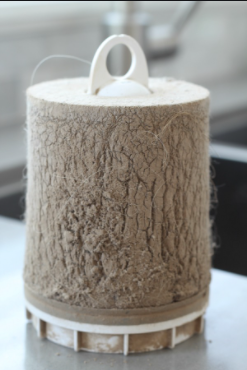
Why would it be a bad idea to clean a HEPA air filter?
Cleaning a HEPA filter will very likely to cause damage to the incredibly thin mesh of fibers that allows the filter to do its job. Even if you were certain that cleaning would not harm the filter, there are numerous reasons why cleaning a HEPA filter is not a good idea.
Cleaning a filter is an unpleasant task. Unless you clean the filter outside, there is a strong risk that the act of cleaning will bring some airborne contaminants into your home. The removal of contaminants is why you would want to use a HEPA filter in the first place. Pollutants sent back into the air may include any microbial growth that has occurred on the filter.
Some of the contaminants from the filter may be inhaled. Even if you can clean your HEPA filter outside, some of the particles from the filter will be released into the air when you clean it. You can inhale contaminants unless you use a respirator, which may cause an allergic response.
For your filter cleaner, you’ll need a filter. If you use a vacuum to clean out a HEPA filter, the vacuum must also have a HEPA filter otherwise the particles from the filthy filter will not be able to stay in the canister. All of those particles will be dispersed into the air.
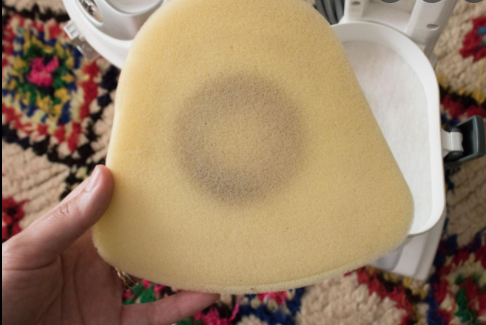
Can you clean a hepa filter?
Before using the filter, it must be totally dry. Mold might grow on the filter surface if the HEPA filter is moist. They take a long time to dry due to the small mesh of fibers in a HEPA filter (manufacturers recommend at least 24 hours). You are not filtering air while the filter is drying.
The answer is no if your HEPA filter is not expressly labeled as washable or “permanent.” You can rinse the filter with water, tap extra dust off of it, or use a vacuum to remove some dust, but this will surely harm the fiber mesh that permits the filter to collect particles from the air. Even though the filter appears to be in good condition, some of the fibers will be broken or stretched out. You’ll wind up with a fairly clean-looking filter that doesn’t perform a good job of filtering.
The uniformity of the “weave” of glass fibers allows a HEPA filter to meet its claims. If the fibers are stretched or broken, holes in the filter will form large enough for particles to pass through. The frame’s integrity is also crucial. If the frame or the gaskets that form a seal between the frame and the place in which it is installed are damaged, air might travel around the filter rather than through it.
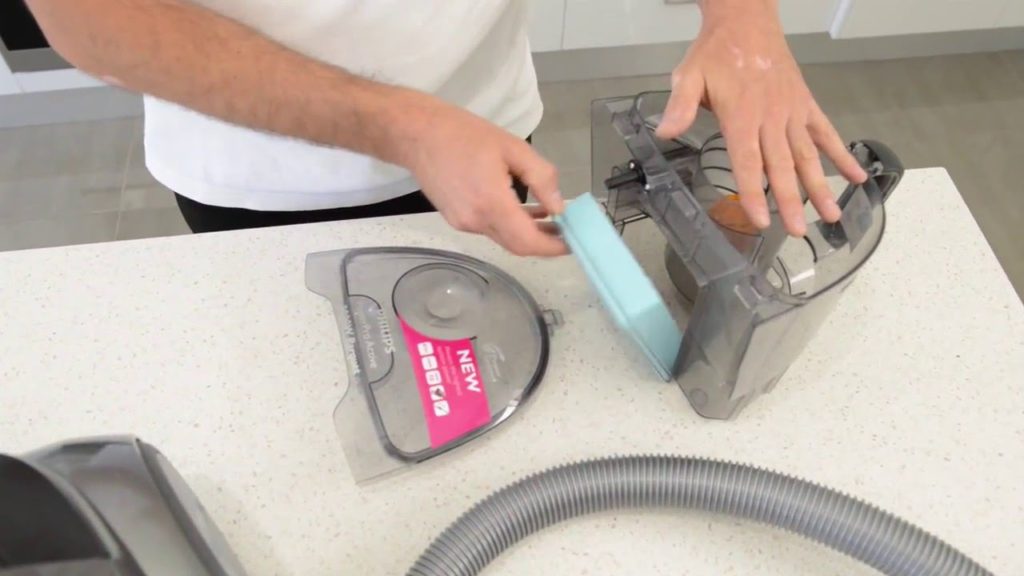
If the filter is promoted as Hepa filter washable or permanent, you may be able to wash or clean it and it will still operate. However, there is no standard for washable HEPA filters, and no tests have been conducted to determine how well these filters perform after being washed. It’s conceivable that the manufacturer has discovered a technique to make filter fibers that won’t be harmed by cleaning, but there’s no way to tell for sure, so you’re taking a chance.
